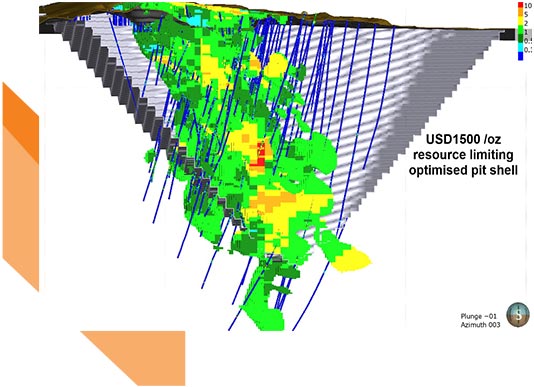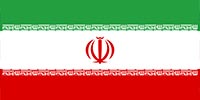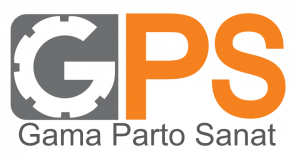Exploration
![]() Modeling and Simulation
Modeling and Simulation
One of the most important issues that geologists and mining engineers have always faced has been determining the limits of the mineral (deposit) and estimating the quantity and quality of reserves.
The estimation of mineral reserves requires extensive and effective use of statistics or, in other words, mathematical methods to collect, organize and interpret data and obtain logical conclusions and decisions based on analysis. An acceptable mineral reserve estimate is based on valid databases that contain raw data and information based on the interpretation of such data. The information includes the interpretation of storage geology, mineralization continuity, mineralization control, and mineralization origin, which is prepared by experts in the form of brief reports with drawings and sections.

Modeling is usually used when:
- Conducting real tests or feasibility analysis is very expensive, destructive or high risk.
- The analyzed systems in which change is considered are complex and unexpected changes are natural.
- Anticipating variability in the entire process can increase productivity or reduce costs (investment and resource allocation).
- Only incomplete information is available.
- Linking ideas and programs is required.
- The system has multiple sources of uncertainty and randomness.
![]()
Abilities and properties
Abilities:
-
Modeling and estimating reserves in metallic and nonmetallic deposit mines with acceptable accuracy
- Determining the dimensions and boundaries of the deposit according to the basic geological and excavation information
- Interpretation of data along with determination of deposit boundaries and extraction priorities
- Identify potential areas and depth of mineralization and extraction priorities
Properties:
- The most advanced software in the field of deposit modeling and storage simulation
- Experienced experts in the field of mineral resource simulation
![]() Ongoing-projects
Ongoing-projects
-
Shahrab Ardestan exploration area in Isfahan province
![]() Experience
Experience
-
Ghaledar Kuhpayeh exploration area in Isfahan province
-
Hashem Abad Nain exploration area in Isfahan province
-
Exploration area of Chromite and Magnesite in Manojan, Kerman province
-
Darb Behesht (Ramun) Polymetal mine in South Kerman province
-
Balazard Polymetal mine in South Khorasan Province
-
Dehsalm Polymetal mine in South Khorasan Province
- Shahreza dolomite exploration area in Isfahan province
-
Chekrizeh Copper mine in Kerman province
- Khoogan Lead and Zinc mine in Markazi province
-
Chupanan Copper mine in Isfahan province
- Soheil Iron Ore mine in Isfahan Province
-
Bafgh Iron Ore mine in Yazd Province
- Jahad Abad Shale mine in Isfahan province
-
Baqer Abad Shale mine in Isfahan province
-
Dizalu Shale mine in Isfahan province
-
Talgestan Shale mine in Isfahan province
-
Shahreza Shale mine in Isfahan province
-
Daran Iron ore mine in Isfahan province


